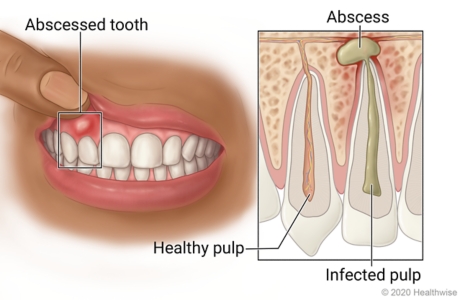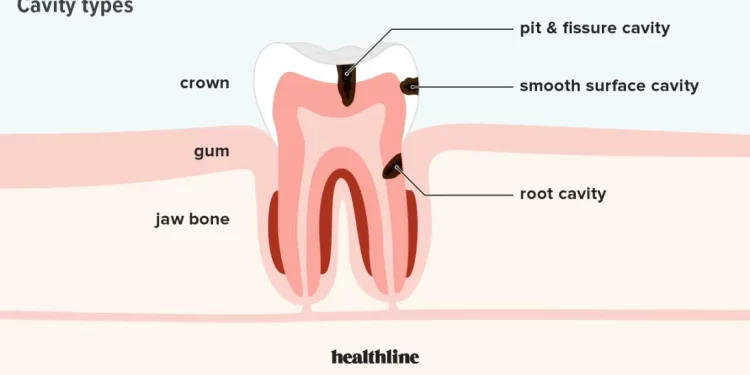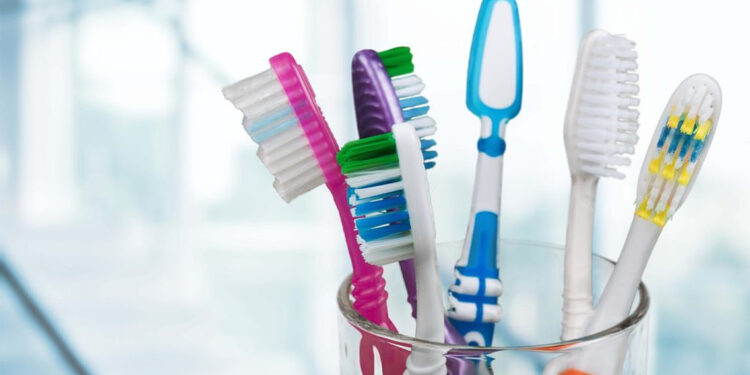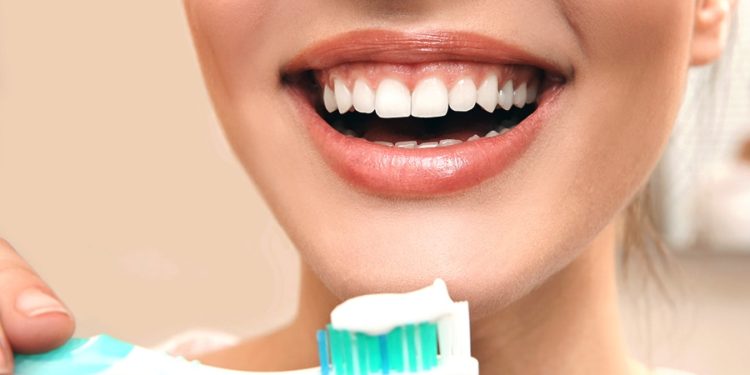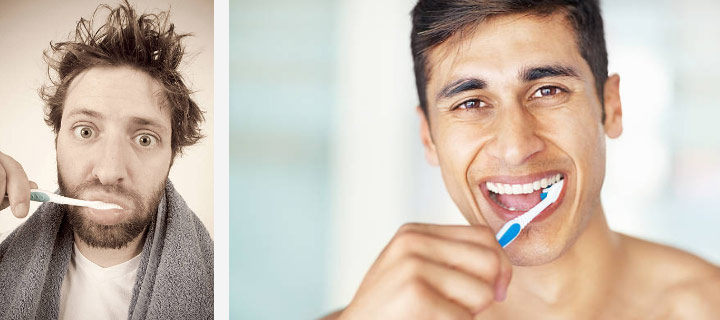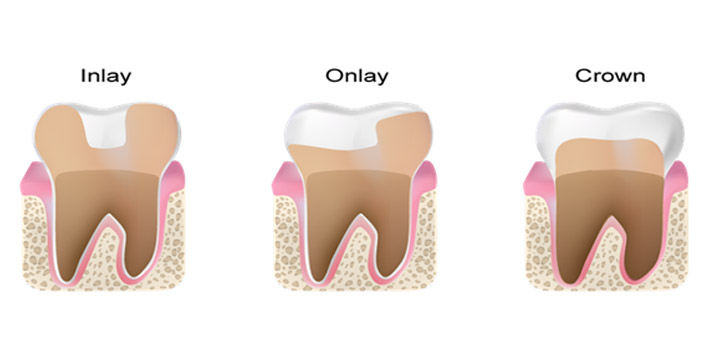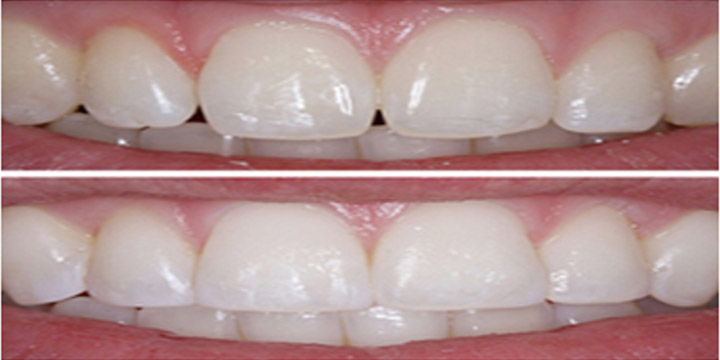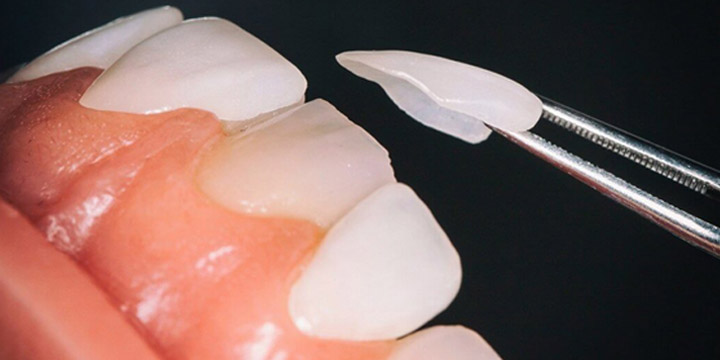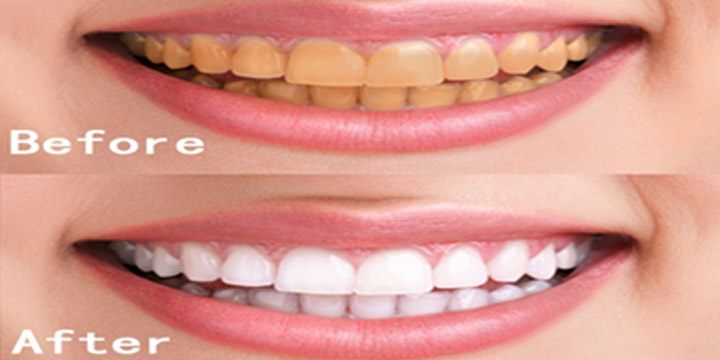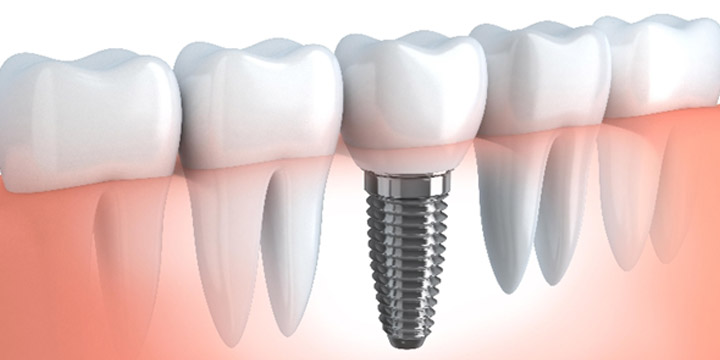If you buy something through a link on this page,
we may earn a small commission. How this works.
Take care of your
teeth
Achieving healthy teeth takes a lifetime of care.
Even if you’ve been told that you have nice teeth, it’s crucial to take the
right steps every day to take care of them and prevent problems. This involves
getting the right oral care products, as well as being mindful of your daily
habits.
1. Don’t go to bed
without brushing your teeth
It’s no secret that the general recommendation is
to brush at least twice a day. Still, many of us continue to neglect brushing
our teeth at night. But brushing before bed gets rid of the germs and plaque
that accumulate throughout the day.
Shop for toothbrushes online.
2. Brush properly
The way you brush is equally important — in fact,
doing a poor job of brushing your teeth is almost as bad as not brushing at
all. Take your time, moving the toothbrush in gentle, circular motions to
remove plaque. Un removed plaque can harden, leading to calculus buildup and
gingivitis (early gum disease).
3. Don’t neglect
your tongue
Plaque can also build up on your tongue. Not only
can this lead to bad mouth odor, but it can lead to other oral health problems.
Gently brush your tongue every time you brush your teeth.
4. Use a fluoride
toothpaste
When it comes to toothpaste, there are more
important elements to look for than whitening power and flavours. No matter
which version you choose, make sure it contains fluoride.
While fluoride has come under scrutiny by those
worried about how it impacts other areas of health, this substance remains a
mainstay in oral health. This is because fluoride is a leading defence against
tooth decay. It works by fighting germs that can lead to decay, as well as
providing a protective barrier for your teeth.
Purchase fluoride toothpaste here.
5. Treat flossing
as important as brushing
Many who brush regularly neglect to floss.
“Flossing is not just for getting those little pieces of Chinese food or
broccoli that may be getting stuck in between your teeth,” says Jonathan
Schwartz, DDS. “It’s really a way to stimulate the gums, reduce plaque, and
help lower inflammation in the area.”
Flossing once a day is usually enough to reap these
benefits.
Here’s a selection of dental floss to try.
6. Don’t let
flossing difficulties stop you
Flossing can be difficult, especially for young
children and older adults with arthritis. Rather than give up, look for tools
that can help you floss your teeth. Ready-to-use dental flossers from the
drugstore can make a difference.
7. Consider
mouthwash
Advertisements make mouthwash seem necessary for
good oral health, but many people skip them because they don’t know how they
work. Schwartz says mouthwash helps in three ways: It reduces the amount of
acid in the mouth, cleans hard-to-brush areas in and around the gums, and
re-mineralizes the teeth. “Mouthwashes are useful as an adjunct tool to help
bring things into balance,” he explains. “I think in children and older people,
where the ability to brush and floss may not be ideal, a mouthwash is
particularly helpful.”
Ask your dentist for specific mouthwash
recommendations. Certain brands are best for children, and those with sensitive
teeth. Prescription mouthwash is also available.
Purchase mouthwash online.
8. Drink more
water
Water continues to be the best beverage for your
overall health — including oral health. Also, as a rule of thumb, Schwartz
recommends drinking water after every meal. This can help wash out some of the
negative effects of sticky and acidic foods and beverages in between brushes.
9. Eat crunchy
fruits and vegetables
Ready-to-eat foods are convenient, but perhaps not
so much when it comes to your teeth. Eating fresh, crunchy produce not only
contains more healthy fiber, but it’s also the best choice for your teeth. “I
tell parents to get their kids on harder-to-eat and chew foods at a younger
age,” says Schwartz. “So try to avoid the overly mushy processed stuff, stop
cutting things into tiny pieces, and get those jaws working!”
10. Limit sugary
and acidic foods
Ultimately, sugar converts into acid in the mouth,
which can then erode the enamel of your teeth. These acids are what lead to
cavities. Acidic fruits, teas, and coffee can also wear down tooth enamel.
While you don’t necessarily have to avoid such foods altogether, it doesn’t
hurt to be mindful.
11. See your
dentist at least twice a year
Your own everyday habits are crucial to your
overall oral health. Still, even the most dutiful brushers and flosses need to
see a dentist regularly. At minimum, you should see your dentist for cleanings
and checkups twice a year. Not only can a dentist remove calculus and look for
cavities, but they will also be able to spot potential issues and offer
treatment solutions.
Some
dental insurance companies even cover more frequent dental checkups. If this is
the case for you, take advantage of it. Doing so is especially helpful if you
have a history of dental issues, such as gingivitis or frequent cavities.

